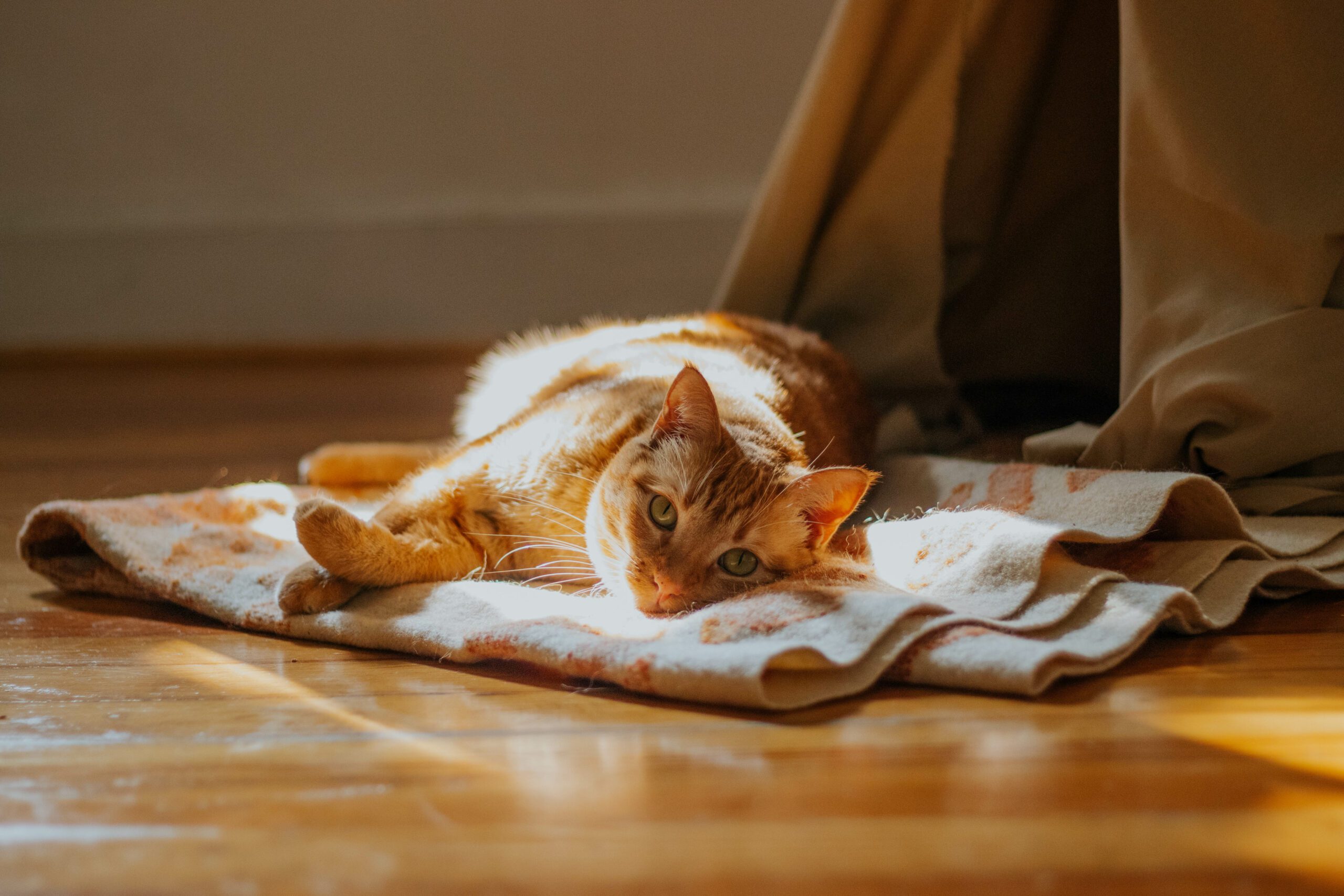
Fascinating Orange Tabby Cat Facts
September 1st is Ginger Cat Appreciation Day, a fun holiday that honors the gingers of the feline world, and to celebrate, we’re sharing some of our favorite, fascinating ginger tabby cat facts!
Orange tabby cats are among the most common and popular felines in the country. Often called ginger tabbies or tortoiseshell cats, these cats have a coat that’s primarily orange with some white mixed in. Some famous orange tabby cats you might be familiar with include Jorts, the social media star, Milo from Milo and Otis, Morris the Cat from Friskies cat food commercials, Crookshanks from the Harry Potter books, and the lasagna-loving cartoon cat, Garfield. However, not all tabby cats are orange!
What Is a Tabby Cat?
The ginger coat of orange tabby cats is caused by a gene mutation that changes how melanin is produced, giving the cat its unique coloring. People often call the average domestic cat a tabby, but a tabby is actually not a breed — it’s the name for fur pattern! There are four basic tabby cat coat patterns: mackerel, ticked, spotted, and marbled, and they can be a variety of colors and lengths. The ginger tabby cat is the orange-colored one you know and love and the one we’re celebrating today.
Historically, the word tabby actually stems from the Arabic words tabbi or tibbi, which means “striped robe,” and tabby is also an old English word for “striped” or “streaked.” These terms have been used throughout history to describe striped fur patterns on animals like tigers, leopards, lions, cheetahs, and even domestic house cats! Eventually, the word tabby became modern, referring to any cat with stripes or spots on its coat.
Orange Tabby Cat Facts
- Ginger tabby cats are not just one cat breed — there are many different breeds of orange tabby cats out there! With this coloration, you’ll see everything from Maine Coons to Persians to mixed breeds.
- The tabby happens to be the most common of all the feline coat patterns.
- The mackerel pattern is the most common and is the one most people think of when they think of tabby cats. Most tabbies with this pattern will even have a distinct “M” shape marking on their forehead!
- Ginger tabbies aren’t always orange — sometimes they’re golden or cream colored too!
- Orange tabby cats have a base coat color of copper, gold, or ginger, with darker horizontal stripes or random spots on their body and tail.
- Orange tabbies have gold, green or copper-colored eyes.
- Orange tabby cat coats should be short and close-lying with no undercoat.
- Most orange tabby cats are males — only 1 in 5 orange tabbies are female!
- Orange tabby cats can develop black “freckles” on their noses and lips. (How cute!)
By now, it’s clear why so many people love ginger tabby cats. They make great family pets, as they get along well with children and other pets in the home. They’re affectionate, playful companions who love to be around people. Orange tabby cats also have a reputation for being very laid back and cuddly, making them an excellent choice for companion animals for seniors. Finally, adopting an orange tabby cat (or any cat/kitten) from a shelter or rescue is a wonderful way to help a homeless animal and gain a loving furry friend. So, if you’re thinking of adding a ginger feline friend to your household, we say go for it!

